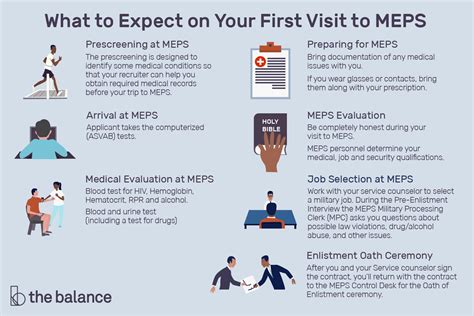What is MEPS

Introduction to MEPS

MEPS stands for Minimum Energy Performance Standard, which is a set of regulations that aim to reduce energy consumption and greenhouse gas emissions from buildings and homes. The main goal of MEPS is to promote the use of energy-efficient appliances, lighting, and equipment, thereby reducing the overall energy demand and environmental impact.
How MEPS Works

MEPS works by setting a minimum energy performance standard for various products, such as air conditioners, refrigerators, and lighting fixtures. These standards are typically set by government agencies or regulatory bodies, and they are enforced through a combination of testing, certification, and labeling requirements. For example, a product that meets the MEPS requirements will be labeled with an energy efficiency rating, such as Energy Star, which indicates that it has met the minimum energy performance standards.
Benefits of MEPS

The benefits of MEPS are numerous, and they include: * Reduced energy consumption: By promoting the use of energy-efficient products, MEPS helps to reduce energy consumption and lower energy bills. * Environmental benefits: MEPS helps to reduce greenhouse gas emissions and other environmental impacts associated with energy production and consumption. * Economic benefits: MEPS can help to create jobs and stimulate economic growth in the energy efficiency sector. * Improved product quality: MEPS encourages manufacturers to produce high-quality, energy-efficient products that meet or exceed the minimum energy performance standards.
Examples of MEPS in Action

There are many examples of MEPS in action around the world. For example: * In the United States, the Energy Star program is a voluntary labeling program that recognizes products that meet energy efficiency standards set by the US Environmental Protection Agency (EPA). * In the European Union, the Eco-Design Directive sets minimum energy performance standards for a range of products, including household appliances, lighting, and HVAC systems. * In Australia, the Equipment Energy Efficiency (E3) program sets minimum energy performance standards for a range of products, including air conditioners, refrigerators, and lighting fixtures.
💡 Note: MEPS regulations can vary widely depending on the country or region, so it's essential to check the specific requirements in your area.
Challenges and Limitations of MEPS

While MEPS has many benefits, there are also some challenges and limitations to consider. For example: * Enforcement: Ensuring compliance with MEPS regulations can be challenging, particularly in countries with limited resources or inadequate enforcement mechanisms. * Cost: Meeting MEPS requirements can increase the cost of products, which can be a barrier to adoption, particularly in low-income countries or communities. * Technological limitations: MEPS requirements may not always keep pace with technological advancements, which can limit their effectiveness in promoting energy efficiency.
Future Directions for MEPS

As the world continues to grapple with the challenges of climate change and energy sustainability, MEPS is likely to play an increasingly important role in promoting energy efficiency and reducing greenhouse gas emissions. Some potential future directions for MEPS include: * More stringent standards: Setting more ambitious energy performance standards to drive further innovation and energy savings. * Broader product coverage: Expanding MEPS to cover a wider range of products, including emerging technologies like electric vehicles and renewable energy systems. * International cooperation: Enhancing international cooperation and harmonization of MEPS standards to facilitate global trade and investment in energy-efficient products.
| Country | MEPS Program | Products Covered |
|---|---|---|
| United States | Energy Star | Air conditioners, refrigerators, lighting fixtures |
| European Union | Eco-Design Directive | Household appliances, lighting, HVAC systems |
| Australia | Equipment Energy Efficiency (E3) | Air conditioners, refrigerators, lighting fixtures |

In summary, MEPS is a critical tool for promoting energy efficiency and reducing greenhouse gas emissions. By setting minimum energy performance standards for products, MEPS helps to drive innovation, reduce energy consumption, and mitigate the environmental impacts of energy production and consumption. As the world continues to evolve and address the challenges of climate change, MEPS is likely to play an increasingly important role in shaping the future of energy efficiency and sustainability.
What is the main goal of MEPS?

+
The main goal of MEPS is to reduce energy consumption and greenhouse gas emissions from buildings and homes by promoting the use of energy-efficient appliances, lighting, and equipment.
How does MEPS work?

+
MEPS works by setting a minimum energy performance standard for various products, which are enforced through testing, certification, and labeling requirements.
What are the benefits of MEPS?

+
The benefits of MEPS include reduced energy consumption, environmental benefits, economic benefits, and improved product quality.